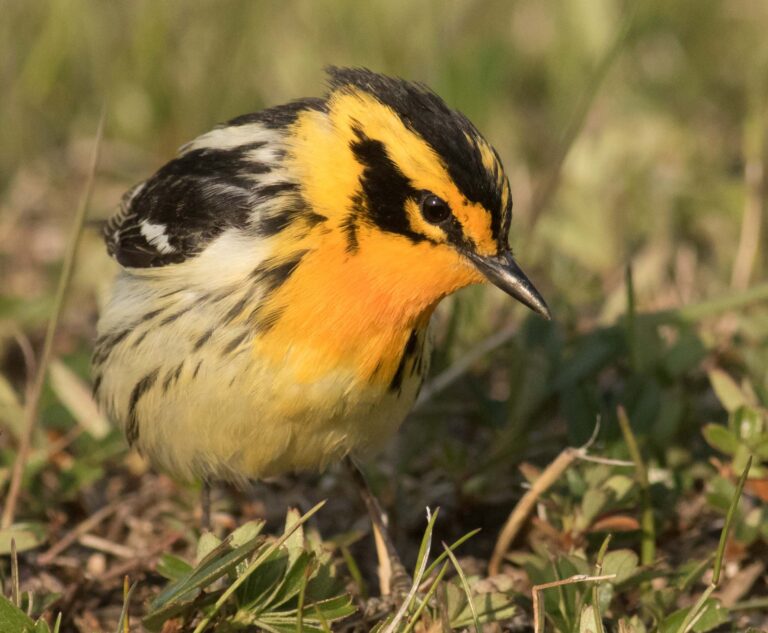
What’s my work?
I’m currently doing my PhD with Holly Jones at NIU, where I research grassland birds and their relationships with Black-tailed Prairie Dogs, to better understand the various ways that keystone species affect birds, all the way from individuals to populations to species. This matters because grassland birds are dying off due to many threats, and prairie dogs are a maligned keystone species. Engaging with stakeholder communities is crucial to successful conservation, so my work prioritizes communication in the scientific process.
I split my working time between Northern Illinois University and the Northern Great Plains of Montana. Besides checking out my Google Scholar or my CV, you can see more of what I’m up to in these places:
Why study the relationship between prairie dogs and grassland birds on the Great Plains?
Temperate grasslands (often called prairie or steppe) are one of the most globally endangered ecosystems, and they are home to the most steeply declining groups of birds in North America. This is an urgent conservation issue that needs solving.
Grassland bird populations respond positively to restoration of bison and fire, two essential “ecological disturbances” that shape the prairie landscape by creating a mosaic of different grass lengths, which are then used by different bird species depending on their habitat requirements. Like bison, prairie dogs are a keystone species, meaning they have a unique, multi-faceted impact on the ecosystem that’s greater than their numbers alone. Their intensive grazing and burrowing on towns is its own “disturbance” that creates a distinct habitat type that attracts many bird species like Mountain Plovers, Horned Larks, Ferruginous Hawks, and more.
While we understand which birds are associated with prairie dogs, we have much to learn about how prairie dogs affect nest success of birds, which in turn affects the size and structure of bird populations. My research will help fill the knowledge gap on this aspect of the Great Plains animal community by simultaneously studying food webs and behavioral interactions. Ultimately, I hope to inform how and to what extent prairie dogs are important for conserving grassland bird populations, which we need to know if we are to adequately protect those species and the Great Plains ecosystem itself. Check out this thread for more background.


Why share?
I’m passionate about anything in nature and love sharing that wonder. I was fortunate to have a mom who was involved in environmental work and who actively facilitated my pursuit of a career in conservation. There are many systemic, privileged barriers blocking people from pursuing the same path. I care deeply about increasing equity, diversity, and inclusion in science & nature recreation, so sharing information about the natural world with everyone is integral to my mission.
Prairie dogs are maligned across much of the American West, and my research will partly involve studying prairie dog towns on the tribal land of the Aaniiih (Gros Ventre) and Nakoda (Assiniboine) Nations, so co-production of knowledge and outreach efforts will be an important aspect of my PhD work. I’ll update this space with my engagement efforts (local and broad) as my research progresses.
Thoughts or questions? Send them my way.


